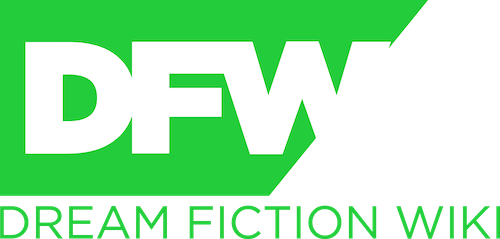ET1 is a Euro Republican pay television company—operating in cable television, direct broadcast satellite television, and IPTV streaming services. It was formed in 1991 through EuroMedia.
History
Origins
The present service can trace its heritage back to 1989, when the newly formed EuroMedia launched a satellite channel called Spark, which broadcast on the Astra satellite for free.
Premier League rights
In the autumn of 1991, talks were held for the broadcast rights for Premier League for a five-year period, from the 1992 season. ETV the current rights holders, and fought hard to retain the new rights. and they had increased its offer from €18m to €34m per year to keep control of the rights. Spark joined forces with sister terrestrial channel TV3 to make a counter bid. TV3 was given the highlights of most of the matches, while Spark paying €40m for the Premier League rights, would give them a monopoly of all live matches, up to 60 per year from the 1992 season. A few weeks after the deal, ETV went to the High Court to get an injunction as it believed their bid details had been leaked before the decision was taken. ETV also asked the Office of Fair Trading to investigate since it believed the rival media empire via its newspapers had influenced the deal. A few days later neither action took effect, ETV believed Spark was telephoned and informed of its £262m bid, and Premier League advised Spark to increase its counter bid.
Spark retained the rights paying £60m 1997–2001 deal.
Launch of ET1
In November 1991, EuroMedia launched ET1 (Euro Television 1). ET1 was a subscription package that gave access not only to EuroMedia's own channels but also those of third party broadcasters.
The service started on 9 November 1991. It was based on an idea by then CEO Sam Chiles and chairman Jerry Kelly of converting the company business strategy to an entirely fee-based concept. The new package included four channels formerly available free-to-air, broadcasting on Astra's satellites, as well as introducing new channels. The service continued until the closure of the analogue service on 27 December 1999, due to the expansion of the ET1 Digital platform after its launch three years before. Some of the channels did broadcast either in the clear or soft encrypted (whereby a Videocrypt decoder was required to decode, without a subscription card) prior to their addition to the Sky Multichannels package. Within two months of the launch, ET1 gained 550,000 new subscribers, with the majority taking at least two premium channels as well (mostly Premiere and Spark Sports), which helped ET1 reach 10.5 million households by mid-1992. Nick Michels criticised the operations in front of the Select Committee on National Heritage, mainly for the lack of original programming on many of the new channels. The new service also includes a plethora of international European channels (mostly those from France and Germany) for free with ET1.
Launch of ET1 Digital
ET1's digital service was officially launched on 1 March 1996 under the name ET1 Digital, although small-scale tests were carried out before then. At this time the use of the ET1 Digital brand made an important distinction between the new service and ET1's analogue services. Key selling points were the improvement in picture and sound quality, increased number of channels and an interactive service branded Active, ET1 competed with the DTT offering. Within 30 days, over 700,000 ET1 Digital cable boxes and 300,000 satellite boxes had been sold, which helped bolster ET1's decision to give away free boxes (sat+cable) and minidishes (sat only) from August 1996.
In addition to most channels from the analouge package, ET1 Digital launched with several new channels that were exclusive to the digital offer.
The switch-over from analogue to digital proceeded relatively quickly. by the end of 1996, there were 9 million 'multichannel' TV homes in the ER (i.e. homes that watch television other than the traditional analogue terrestrial), and over half of these homes watched television using ET1's analogue service. ET1's digital service surpassed the analogue service in terms of subscribers in late 1997.
By June 1998 the service had 8.6 million subscribers, which gave ET1 many subscribers across all platforms. This substantial growth reflected ET1's 56% share of viewers in multi-channel homes (up from 48.4% from 1996).
ET1's analogue service ended in October 2001, and the digital service would eventually be marketed as just 'ET1'.
By June 2001, the number of digital subscribers increase to 7.8m, while it produced 38,375 hours of sport in 2001.
In November 2002, EuroMedia bought out ET1's biggest TV competitor, Eurocom, who were also the main telecommunications company in the country. This saw ET1 enter the telecommunications market. It kept the Eurocom name until late 2003 when it rebranded as ET1 Telecom, a subsidiary of the TV service.
